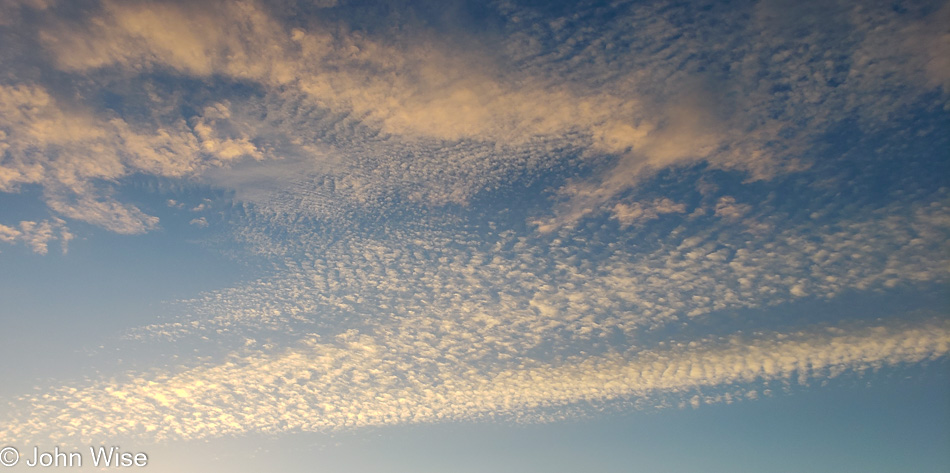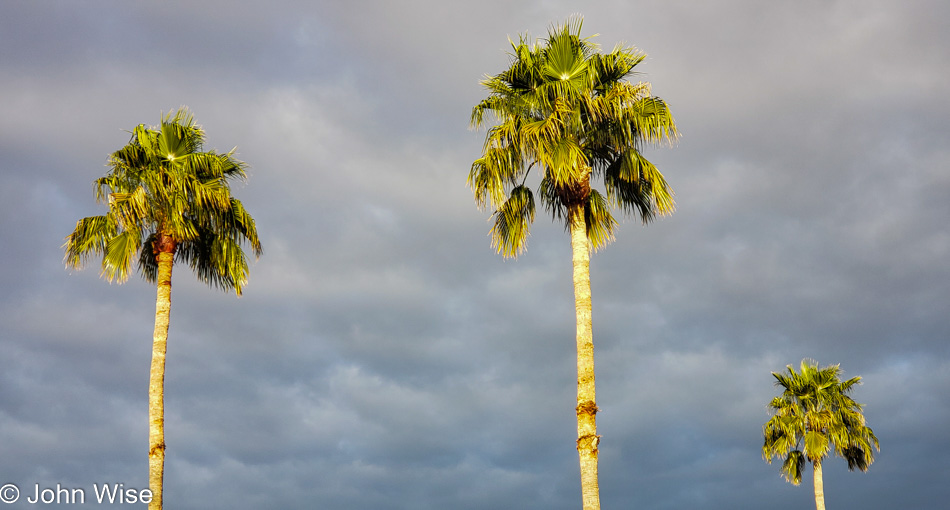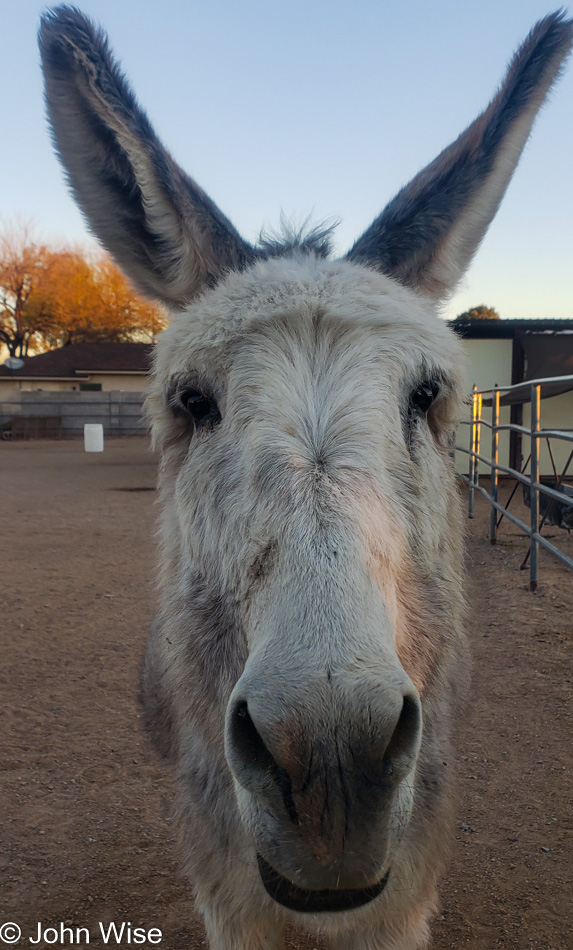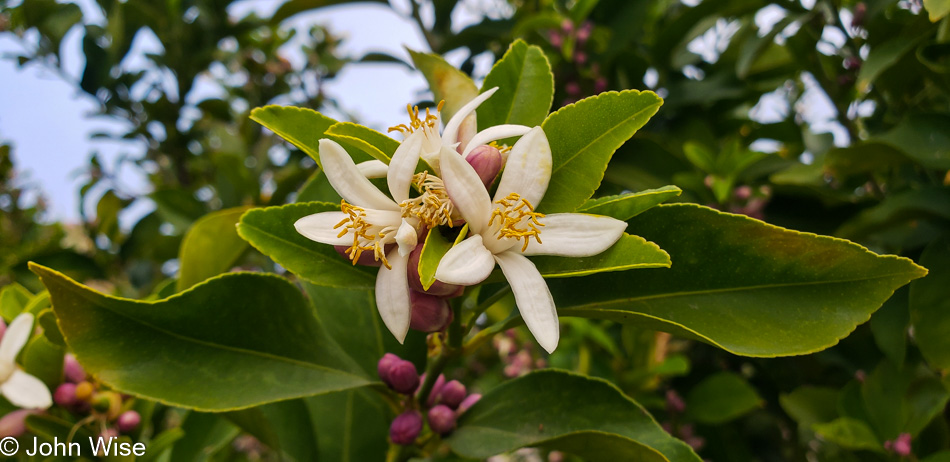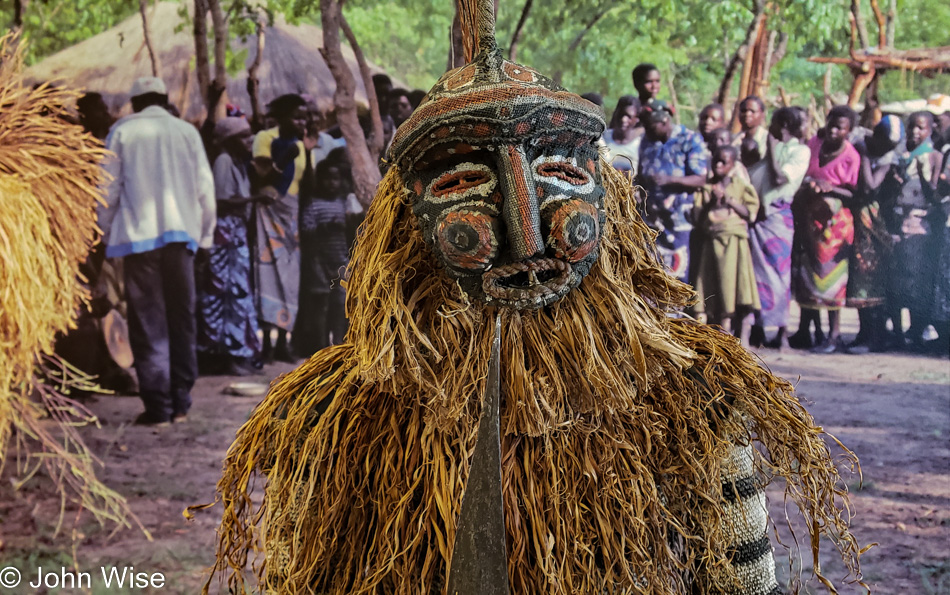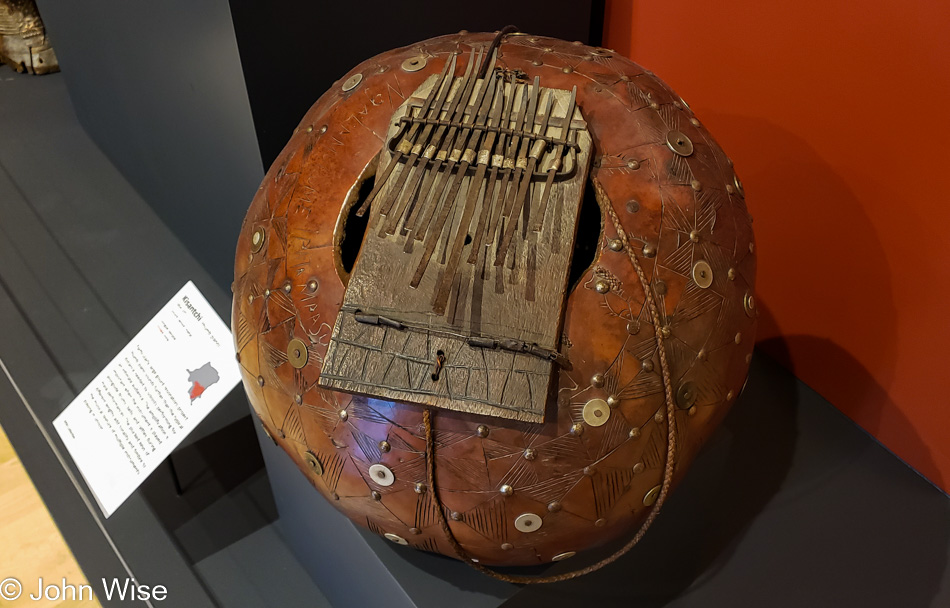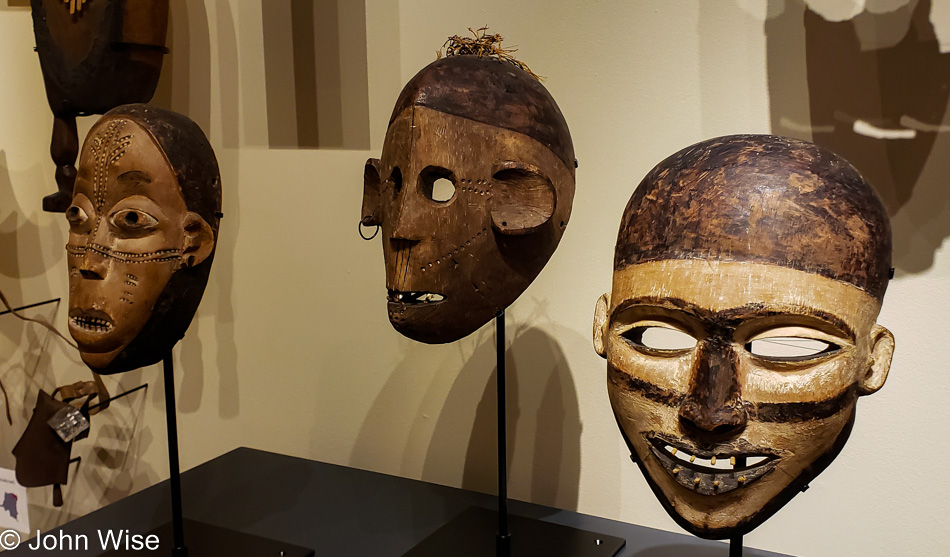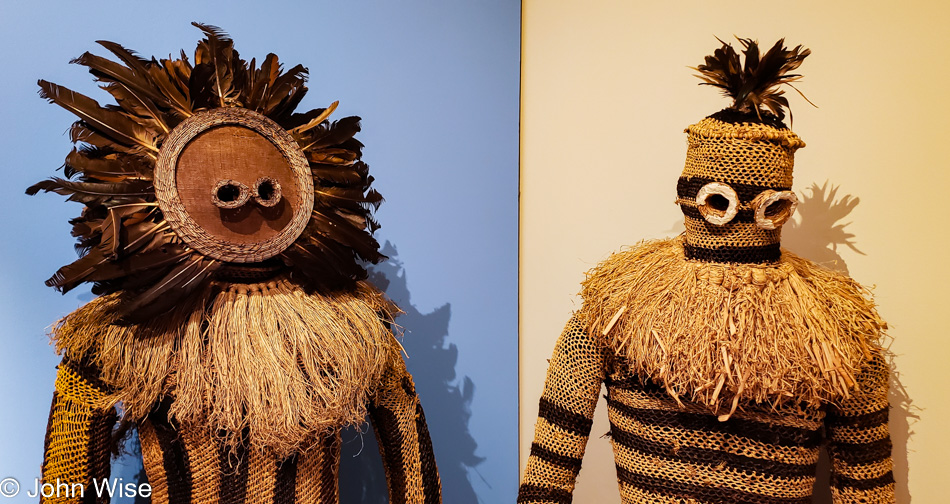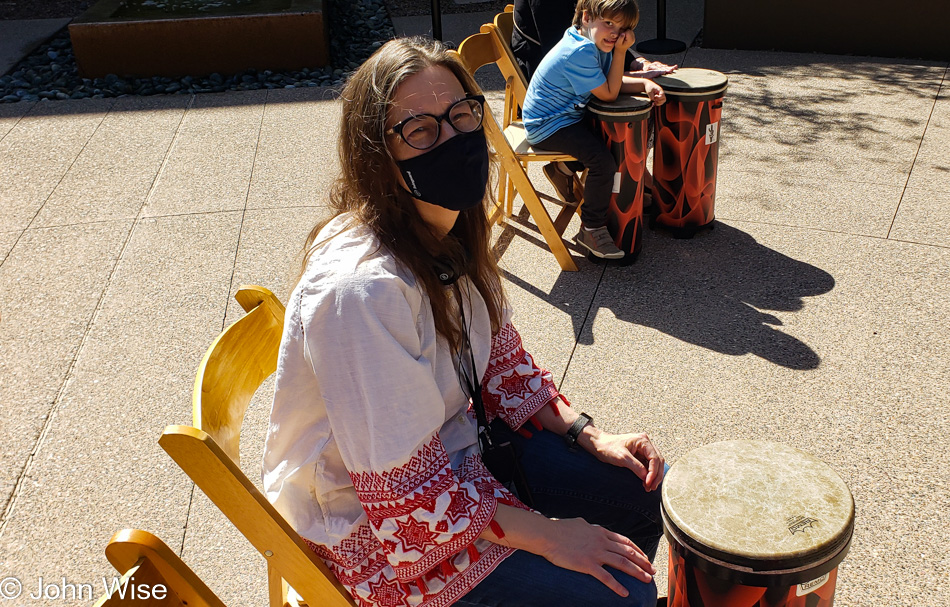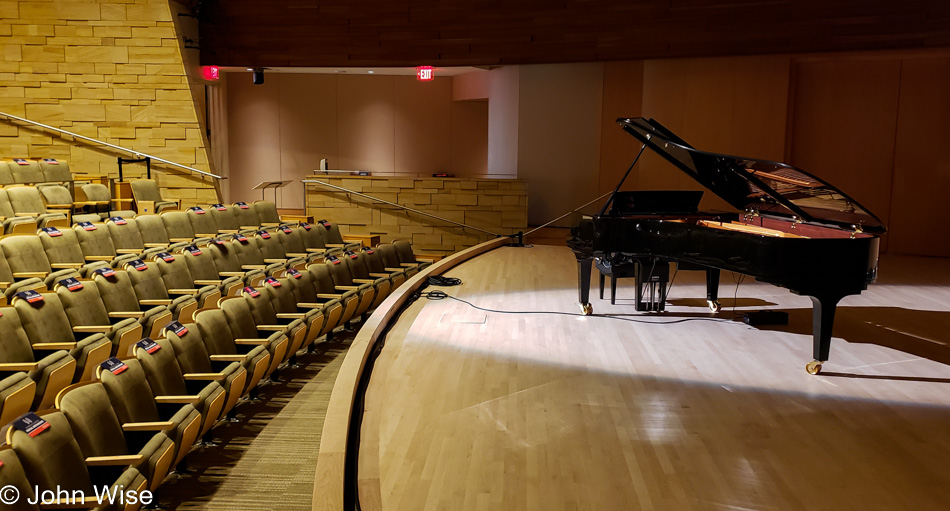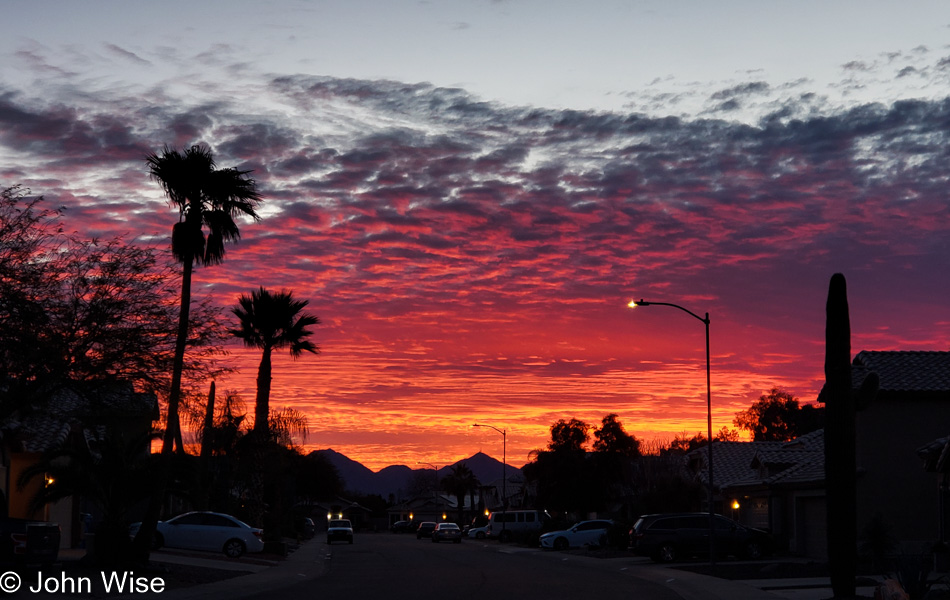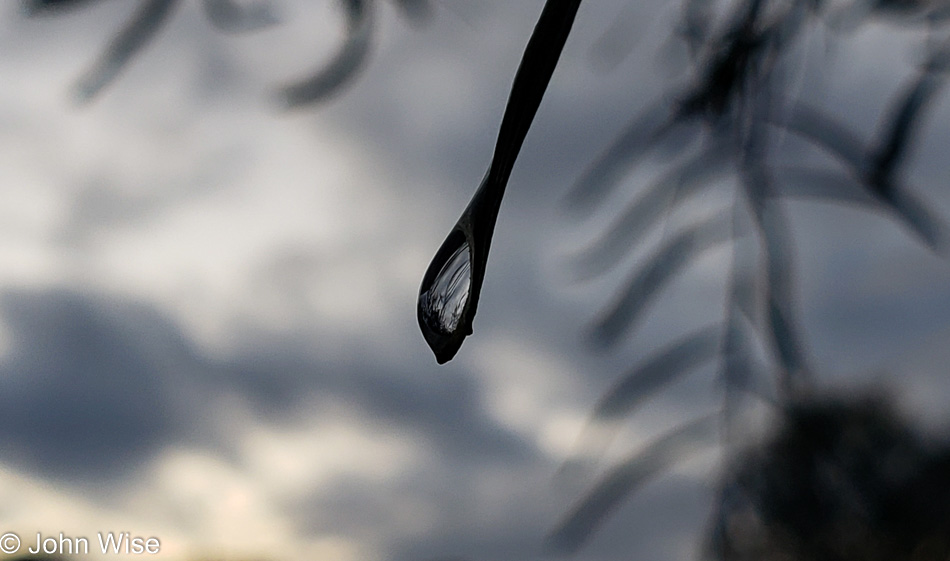
Yesterday, it rained across Phoenix, and in a desert where that’s a relatively rare occurrence, we celebrate the little we get. While others find the rain to be an inconvenience, the population of our city often steps outside to experience the rain firsthand. Sadly, we have become a bit cynical, though, as when the weather forecast predicts rain, even with a 90% chance, we will be skeptical that it will actually do so. Last year was not only one of the hottest, with the most consecutive 110-degree days and the most 115-degree days overall, but also one of the driest years on record. Over the past six months, this lack of water has been most obvious in the number of dead trees throughout our neighborhood.
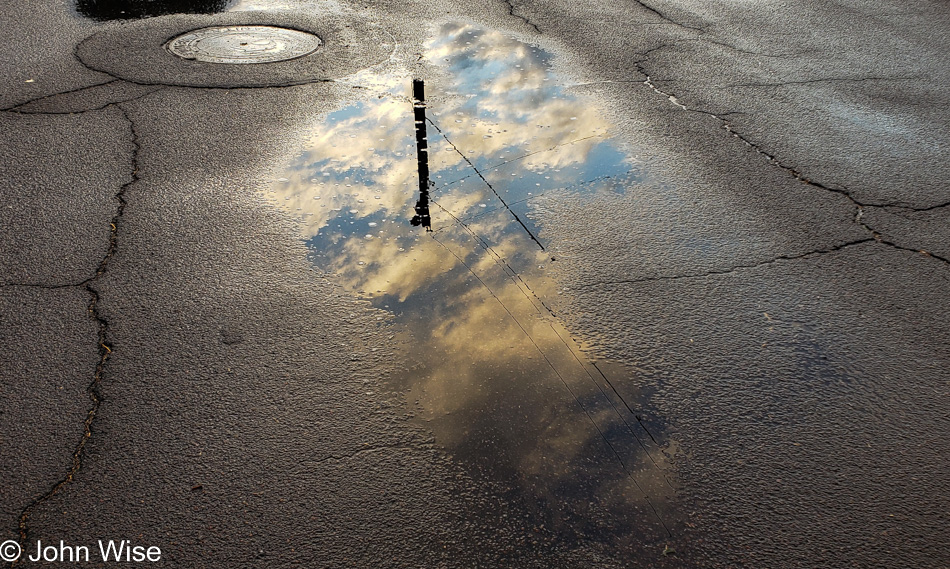
Cinderblocks and asphalt, with very few undeveloped lands around the Phoenix area, have created a heat island that is changing our weather. The effect of houses and streets on the environment is the most obvious when we walk around the block and find that the air near some wide-open state preserve land is noticeably cooler than in the developed area next to it. Instead of trying to conserve water and limit growth, Arizona is attracting a lot of people to move here and not curtailing the use of water for pools and golf courses. I just read that the corporation commission will be raising our water rates by 6% this year, which seems to be the typical increase for the past few years as if paying more, the biggest users will curtail their use. How greater profits equate to filling rivers, reservoirs, and aquifers is beyond my puny brain.

So, on these rare days when it rains, we have to pause and appreciate that this stuff can still fall from the sky like magic. Not only does it glisten in the sun that peeks through the clouds, but it also ignites an explosion of wet earth smells from petrichor to creosote and various woods that seduce those of us outside our homes to celebrate the occasion. I should admit that there is one downside to the rain: Those of us who wear glasses will likely never get used to the droplets that turn into rivulets sliding down our field of vision. Yeah, I know, wear contact lenses, and the problem is solved, but that is not congruent with my brand of laziness.
